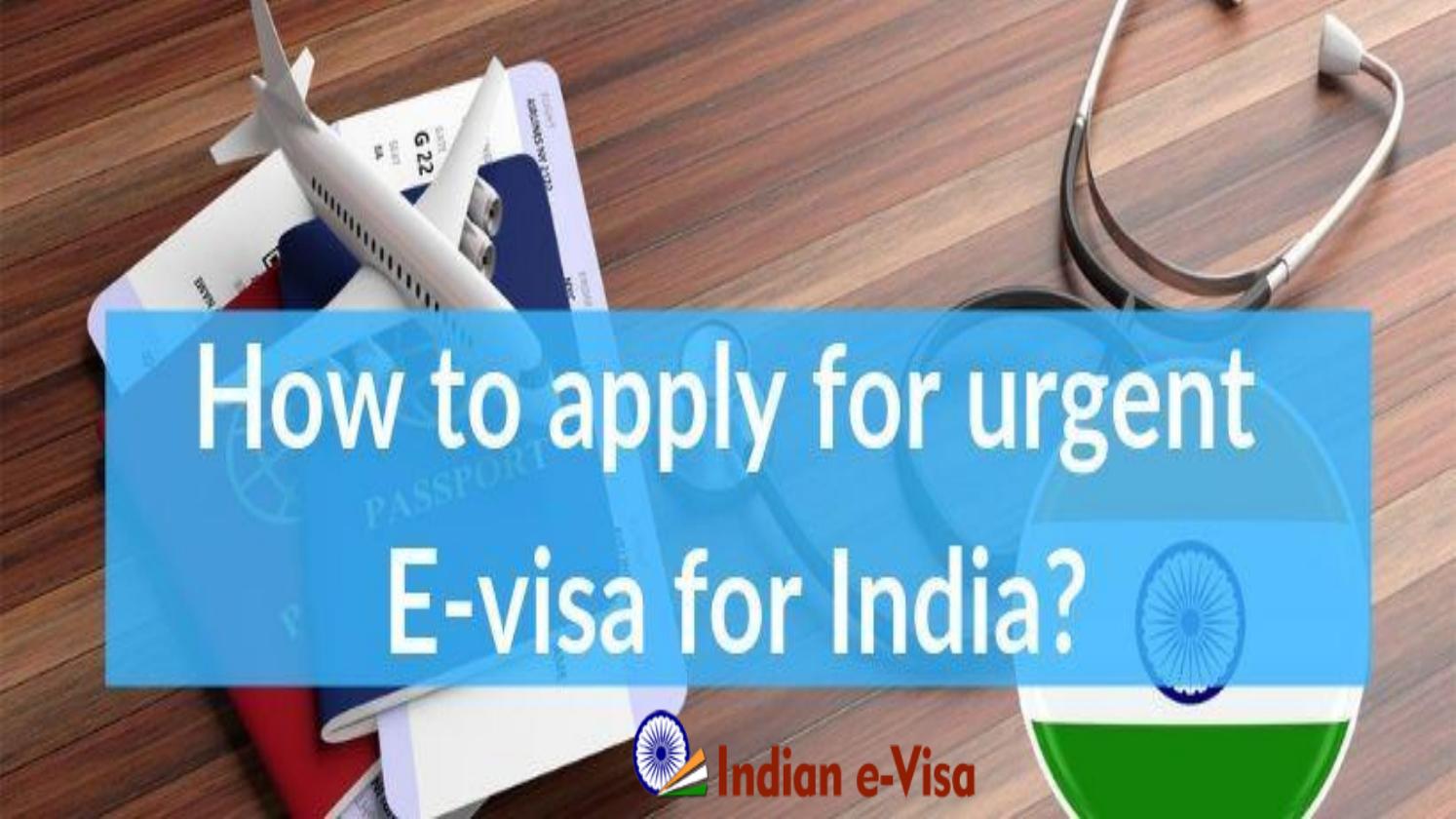Are you planning a last-minute trip to India but don’t have enough time to go through the usual visa application process? Fear not, as emergency Indian visas are here to save the day! In this blog post, we’ll guide you through everything you need to know about getting an emergency visa for India – from eligibility criteria and necessary documents to processing times and fees. So whether it’s a sudden business meeting or an unplanned family visit that requires your immediate presence in India, read on and be prepared for any situation with our comprehensive guide on emergency Indian visas. Transit Visa for India
What are Emergency Indian Visas?
Emergency Indian visas are available to foreign nationals who require urgent travel to India. These visas are typically valid for a period of up to three months and allow the holder to enter India multiple times. Emergency visas can be obtained from Indian diplomatic missions abroad or from the Ministry of Home Affairs in India.
Eligibility Criteria
Emergency Indian visas are available to foreign nationals who are traveling to India for the purpose of emergency medical treatment, or to attend the funeral of a close relative. To be eligible for an emergency visa, you must have a valid passport and proof of travel insurance. You will also need to provide proof of your relationship to the person who is ill or deceased, as well as proof of your financial ability to pay for your travel and medical expenses.
Required Documents
If you are a foreign national looking to travel to India in the event of an emergency, you will need to apply for an Emergency Visa. This type of visa is granted on a case-by-case basis and is typically valid for a single entry and stay of up to 30 days.
To apply for an Emergency Visa, you will need to submit the following documents:
-A completed application form with two recent passport-sized photographs
-A copy of your passport or other travel document
-A letter from your employer or sponsor detailing the purpose of your trip
-Evidence of financial means to support your stay in India (e.g. bank statements, travellerscheques, etc.) URGENT EMERGENCY INDIAN VISA
-An itinerary of your proposed travel plans in India
-A medical certificate if you are travelling for medical reasons
Application Process
The emergency Indian visa application process is relatively simple, but there are a few things you need to know in order to make it as smooth as possible. First and foremost, you will need to have a valid passport. If you do not have a passport, you will not be able to apply for an emergency Indian visa. Secondly, you will need to complete an online application form. Be sure to include all of the required information and documents. Once your application is submitted, you will need to wait for a decision from the Indian consulate. If your application is approved, you will be issued an emergency Indian visa and can travel to India within 48 hours.
Transit Visa for India and URGENT EMERGENCY INDIAN VISA
If you are traveling to India on short notice, you may be eligible for an emergency transit visa. This type of visa allows you to stay in India for up to 72 hours while in transit to your final destination. To apply for a transit visa, you will need to submit a completed visa application form, a passport-sized photo, and proof of onward travel. If your application is approved, you will need to pay the applicable visa fee and then wait for your transit visa to be issued.
In addition to a transit visa, travelers may also apply for an emergency Indian visa if they have a medical or humanitarian emergency. To apply for an emergency Indian visa, you will need to submit a completed visa application form, a passport-sized photo, and proof of the emergency situation. If your application is approved, you will need to pay the applicable visa fee and then wait for your emergency Indian visa to be issued.
Alternatives to Emergency Indian Visas
If you’re looking for alternatives to emergency Indian visas, there are a few options available. One option is to apply for a regular tourist visa through the Indian Embassy or Consulate in your home country. This can take up to two weeks or longer, so it’s not ideal if you need to travel urgently.
Another option is to apply for an e-Visa, which is an electronic visa that’s available for citizens of certain countries. The application process is entirely online, and you can usually get your visa within a few days. However, e-Visas are only valid for 60 days from the date of issue, so they might not be suitable if you need to stay in India for a longer period of time.
You could also try applying for a business visa or a student visa. These visas usually have a longer validity period than tourist visas, so they might be more suitable if you need to stay in India for an extended period of time.
Conclusion
Applying for an emergency Indian visa can be a complex process, but it doesn’t have to be. With the right information and preparation, you can make sure your application is approved quickly and easily. Knowing what documents are required, how much time it will take, and who you need to contact in case of any issues is essential when applying for an emergency Indian visa. We hope this article has provided you with all the information needed so that you can apply confidently and successfully.
